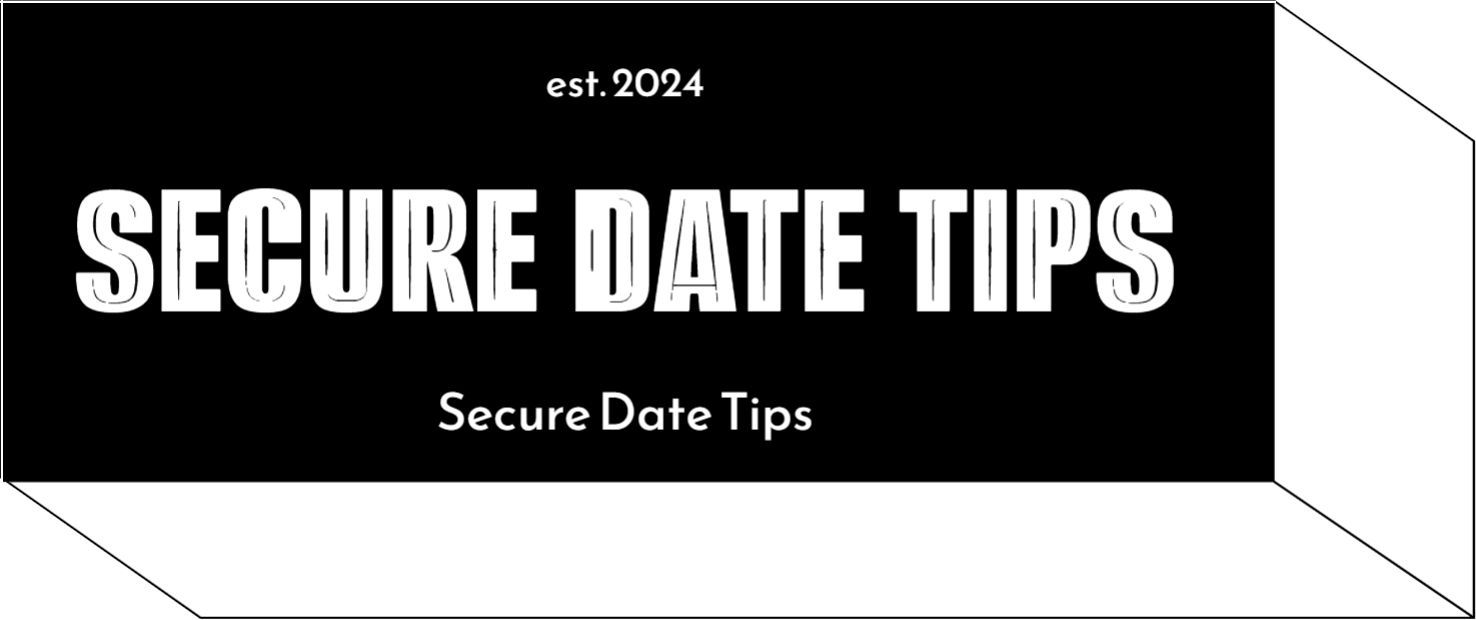In the digital age, where love stories often begin with a swipe and a click, the quest for connection on dating platforms has become a modern norm. Yet, beneath the surface of charming profiles and flirtatious exchanges lurks a shadowy realm of cyberstalking and identity theft, posing real threats to those seeking romance. This article delves into the essential strategies and precautions necessary to safeguard your digital identity and personal safety in the pursuit of love online. Whether you’re a seasoned swiper or new to the world of virtual dating, understanding how to protect yourself is crucial in navigating this intricate landscape. Join us as we explore the proactive steps to ensure your journey towards companionship remains secure and enjoyable. Personal Information in the Digital Dating World”>
Personal Information in the Digital Dating World”>
Protecting Personal Information in the Digital Dating World
In the realm of digital dating, safeguarding your personal information is paramount to maintaining your security. Here are some key practices to consider:
- Use a Unique Username: Avoid using your real name or any identifying details in your username. Creativity here not only protects your identity but also adds a layer of intrigue.
- Be Wary of Sharing Personal Details: Refrain from divulging sensitive information such as your home address, workplace, or financial details. These can be exploited by malicious individuals.
- Verify Before Trusting: Utilize video calls to confirm the identity of your match before meeting in person. This simple step can prevent catfishing and ensure you’re interacting with genuine individuals.
Enable Two-Factor Authentication: Many dating platforms offer this security feature. It provides an additional layer of protection by requiring a second form of verification, such as a text message code, to access your account.

Spotting Red Flags: Early Detection of Cyber Threats
In the realm of online dating, vigilance is key to safeguarding your personal information. Identifying potential threats early can prevent a host of cyber issues. Be alert for inconsistencies in profiles, such as mismatched photos or vague personal details. Another red flag is pressure to move conversations off-platform; legitimate users typically respect the boundaries of the app. If someone requests personal or financial information early on, this is a major warning sign.
- Unusual Communication Patterns: Excessive messaging or erratic response times can indicate ulterior motives.
- Overly Perfect Profiles: If something seems too good to be true, it often is. Look for generic language or stolen images.
- Requests for Money or Gifts: Be wary of sob stories or urgent pleas for financial help.
Employing these detection strategies can help you stay one step ahead of potential cyberstalkers or identity thieves. Trust your instincts and utilize platform safety features to protect your digital presence.

Effective Communication: Setting Boundaries and Expectations
When navigating dating platforms, it’s crucial to establish clear boundaries and expectations to safeguard your personal information. Start by being mindful of the information you share. Avoid posting your full name, home address, or workplace details. Instead, opt for a username that doesn’t reveal your identity. Use privacy settings to control who can see your profile and what they can access. These initial steps can significantly reduce the risk of cyberstalking and identity theft.
- Communicate Clearly: Set expectations about communication frequency and the type of interactions you’re comfortable with.
- Be Selective: Choose what to share in conversations and be wary of oversharing too soon.
- Trust Your Instincts: If something feels off, it probably is. Don’t hesitate to block or report suspicious behavior.
By setting these boundaries, you empower yourself to enjoy the dating experience while minimizing risks. Remember, your safety and comfort are paramount.
Empowering Your Profile: Privacy Tools and Safety Measures
In the digital realm of dating platforms, safeguarding your personal information is crucial. Privacy tools are your first line of defense. Start by adjusting your profile settings to limit who can see your details. Utilize features that allow you to control visibility, ensuring only verified matches can view your profile. Enable two-factor authentication for an added layer of security, making it harder for unauthorized users to access your account.
Adopting effective safety measures can significantly reduce the risk of cyberstalking and identity theft. Here are some key practices:
- Use strong, unique passwords: Avoid using the same password across different platforms.
- Be cautious with personal information: Refrain from sharing sensitive details like your full name, address, or workplace in your profile or conversations.
- Regularly update privacy settings: Platforms often update their features; stay informed and adjust your settings accordingly.
- Report suspicious activity: If you encounter any suspicious behavior, report it to the platform immediately.
By implementing these strategies, you empower your profile and enhance your online safety.



